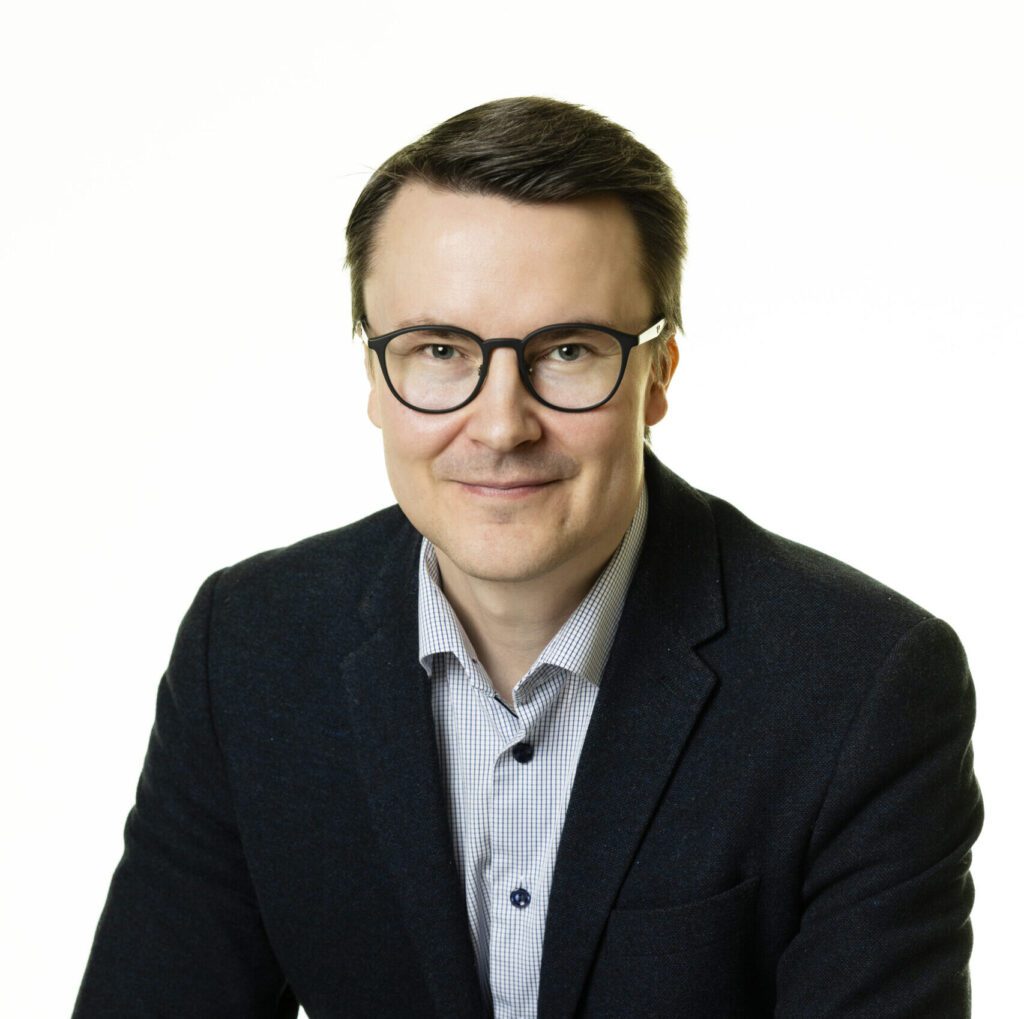Heikki Liimatainen: “The most effective way to cut transport emissions would be to reduce car use”
Professor of Transport and Logistics Heikki Liimatainen is pleased that Finland’s car stock is electrifying faster than predicted. Further emission reductions could be achieved by redesigning communities to make it easy to get around without a car.
Professor of Transport and Logistics Heikki Liimatainen of Tampere University started his second term on the Finnish Climate Change Panel in 2024. He was last a member from 2014 to 2019.
“In my second term, I have noticed that the importance of the Finnish Climate Change Panel has clearly increased over the last few years. The various parliamentary committees are now submitting more requests for opinions to the Panel. The Panel is also more visible in the media – people want to hear its point of view and trust in what it has to say,” says Liimatainen.
Liimatainen brings a transport and logistics perspective to the Finnish Climate Change Panel. He obtained a PhD in engineering in 2013, where the topic of his doctoral thesis was the future of energy efficiency and carbon dioxide emissions in Finnish road transport. He took on the role of professor in 2016.
Towards third generation fuels
Reducing emissions from transport is an essential part of climate policy, as transport accounts for about one fifth of all greenhouse gas emissions in Finland and about 40% of emissions from the effort sharing sector. The effort sharing sector refers to sectors not covered by the EU emissions trading system.
“Transport is currently a sector where there is particular interest in emissions falling fast.”
According to Liimatainen, emission reductions can be achieved by influencing the distances travelled by road vehicles – and in the future especially by trucks – as well as energy efficiency and the replacement of fossil fuels with renewable fuels.
In renewable fuels a shift is already underway to second-generation fuels, i.e. hydrotreated oils such as palm oil and cooking fat residues.
“These do not compete with food production and can be used as they are in existing internal combustion engines.”
Second-generation renewable fuels will gradually replace first-generation plant-based biodiesels, which are blended with fossil fuels. And, looking to the future, the third generation, i.e. synthetic fuels, is already on the horizon. These are methane or liquid fuels made from hydrogen.
Community structure is at the heart of everything
Liimatainen praises the speed with which Finns have switched to electric and hybrid vehicles. Another positive development is the start of electrification of heavy goods vehicles.
However, he is concerned about the bigger picture when it comes to emissions.
“In Finland, we have relied on land use and forestry acting as carbon sinks, reducing the need for emission reductions in areas such as transport. But now that these sinks have been removed, what impact will this have on transport emission reduction targets? Will halving transport emissions by 2030 still be enough?” Liimatainen asks.
Liimatainen also wonders why there is so little discussion in the media about the most effective way of reducing transport emissions, i.e. reducing the number of kilometres driven.
“During my first term on the Climate Panel, we carried out an emissions reduction study up to 2050. Its main finding was that reducing use of vehicles is the most cost-effective way to cut emissions.”
The report, published around ten years ago, encourages, among other things, the promotion of walking and cycling and improvement of public transport links. Changes should be implemented primarily through planning decisions by cities and municipalities.
“When the urban structure is such that people are not forced to own a car, significant emission reductions can be achieved. It also improves road safety and public health and reduces other transport-related costs.”
Liimatainen, who works in Tampere, lives in Jyväskylä. Outside of working hours, he relaxes by jogging, skiing and spending time with his children.
“Sometimes I go skiing with the children in Laajavuori.”




